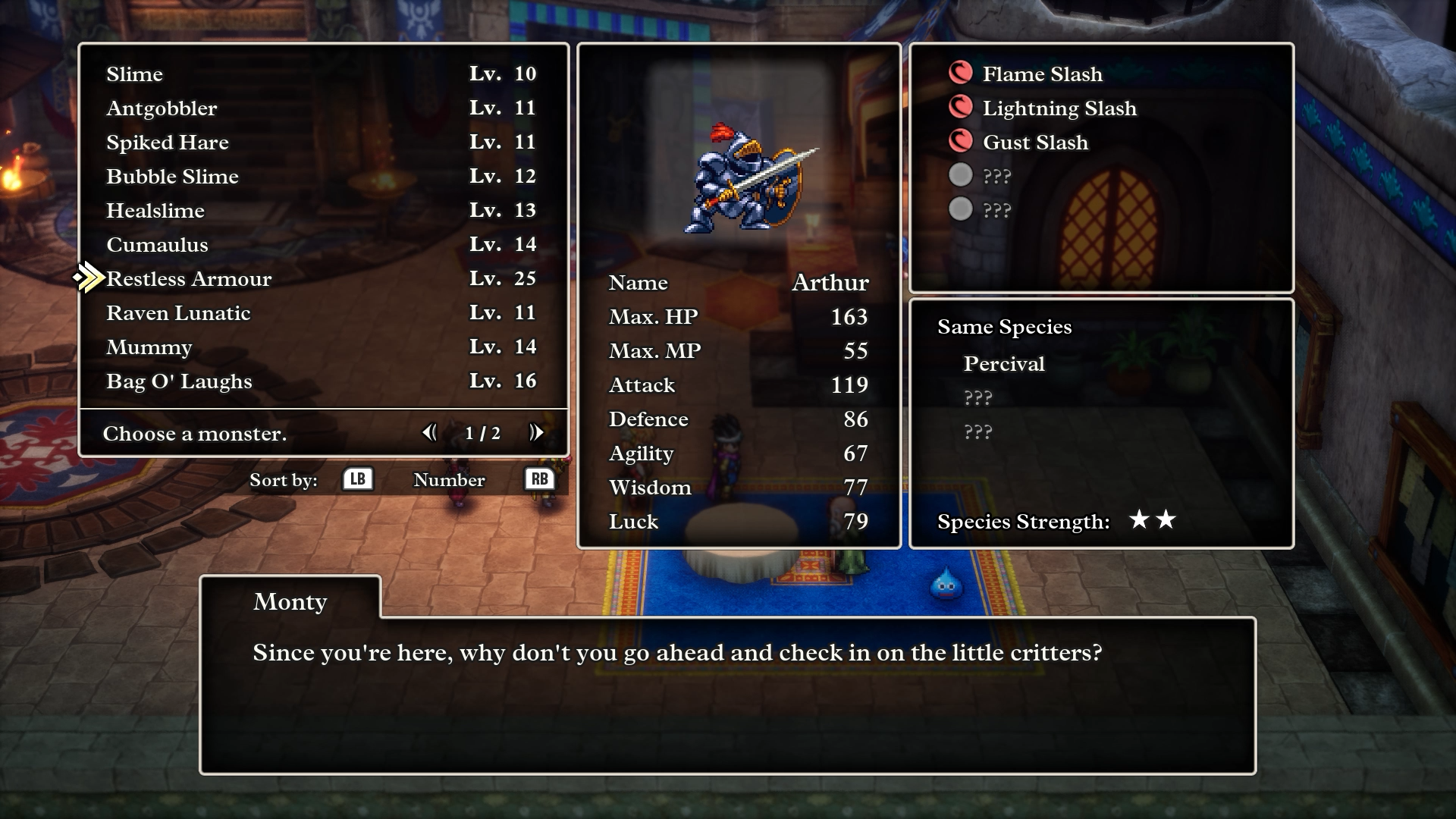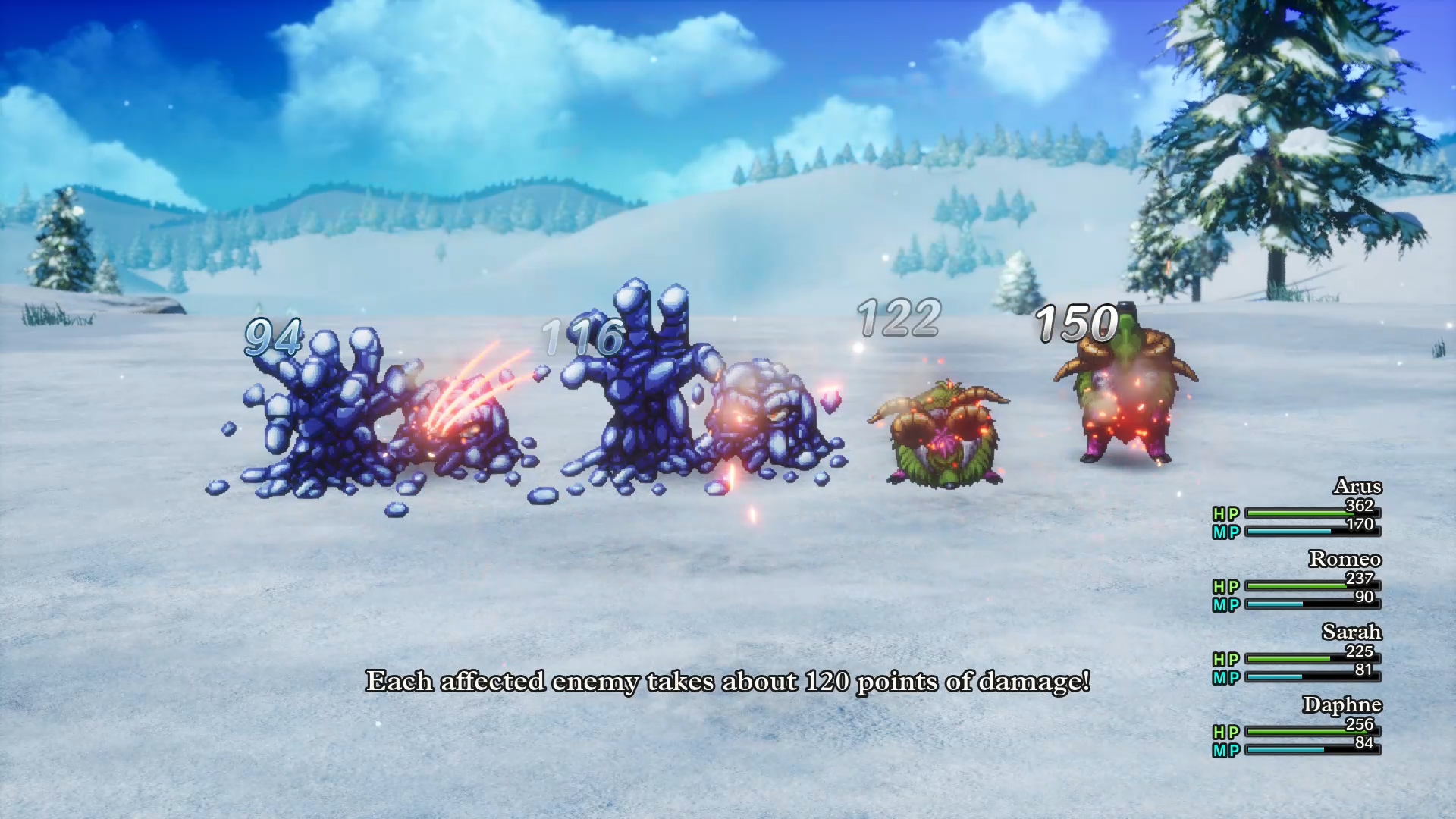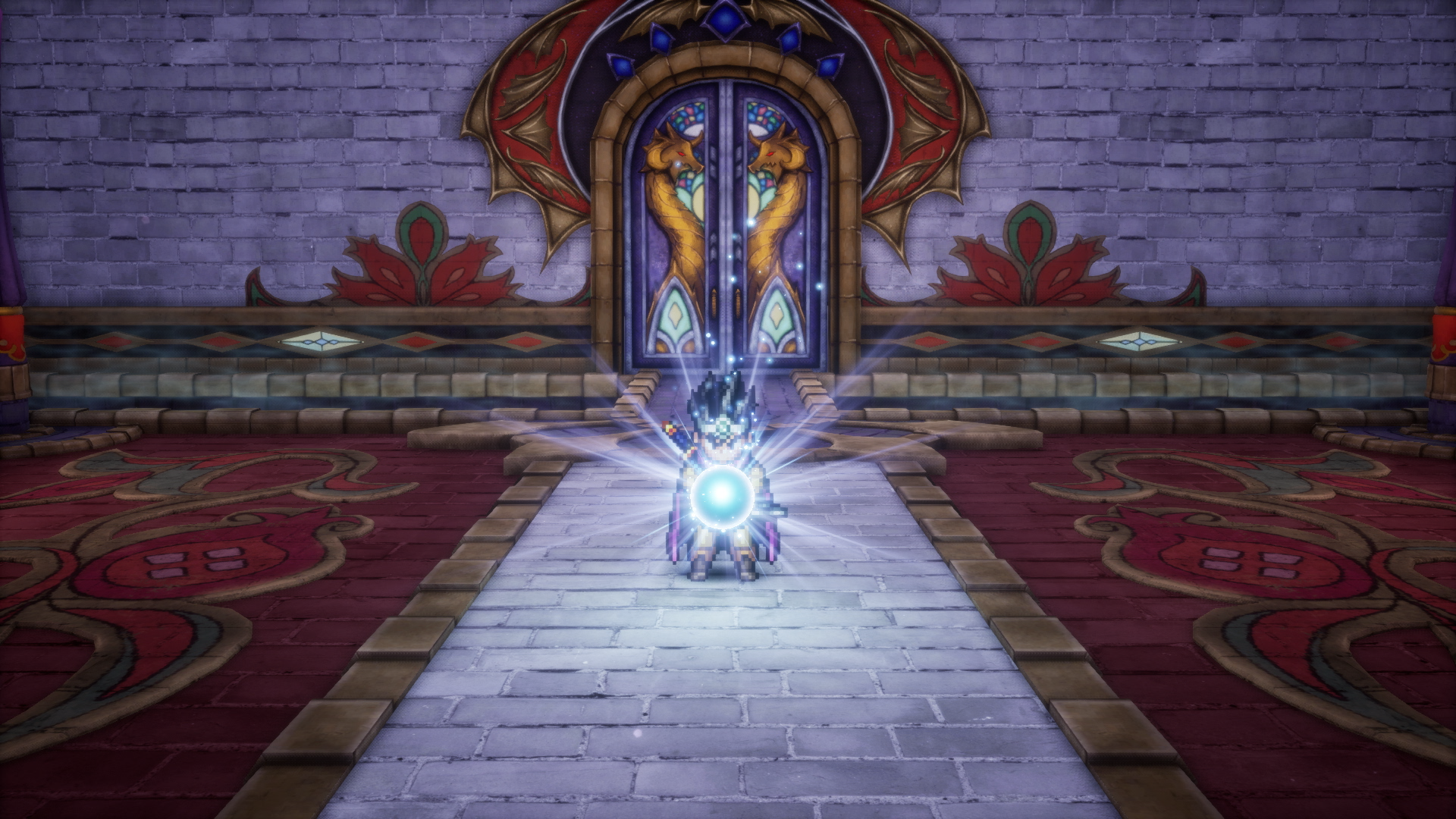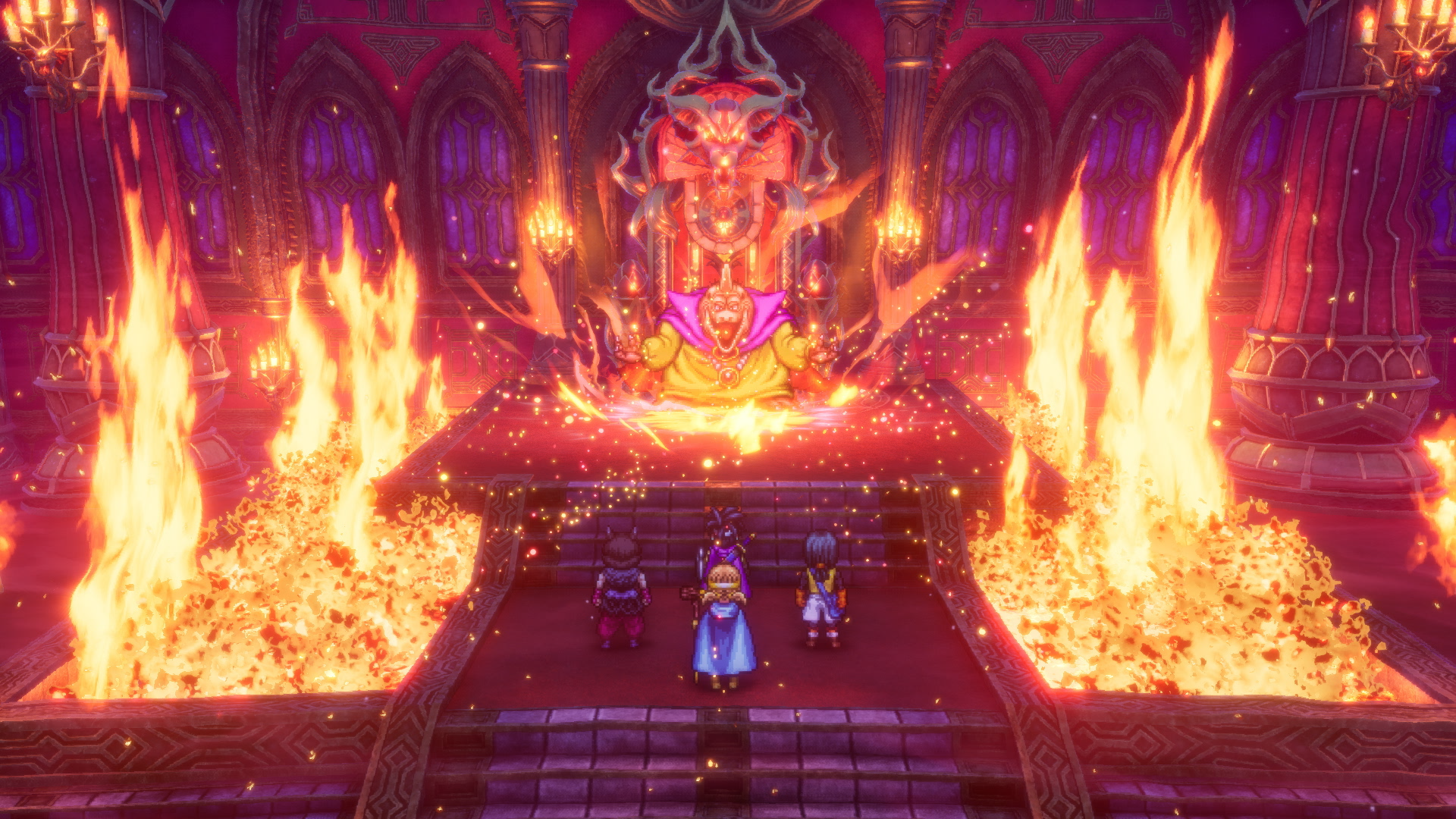Dragon Quest III: HD-2D Remake [Review]
Note: We received a review code for this title from Square Enix.
In a gaming world where cutting-edge graphics and complex storytelling often take center stage, Dragon Quest III HD-2D Remake arrives as a refreshing homage to the early days of JRPGs, blending classic charm with a modern twist. This remake aims to offer fans both old and new a revitalized experience of the beloved 1988 title, capturing nostalgia while addressing the standards of today’s gamers.
Visual and Audio Presentation
One of the standout features of Dragon Quest III HD-2D Remake is its gorgeous HD-2D art style. This aesthetic, a harmonious blend of 2D sprites and intricate 3D backgrounds, brings the world of Alefgard to life with a vibrant, storybook quality. The environments feel immersive, with dynamic lighting that creates depth and atmosphere. While the style is impressive overall, I found that it doesn’t quite match the polish seen in other HD-2D titles like Octopath Traveler. Nevertheless, the art direction’s warmth and charm are undeniable, creating an inviting world that’s a joy to explore.
Complementing the visuals is a rich, upgraded audio experience. The game offers full voice acting in both English and Japanese, which gives new life to character interactions and makes the storyline feel more engaging. Adding to this is a symphonic reorchestration of the classic soundtrack, which envelops players in nostalgia and enhances the game’s emotional impact.
Gameplay and Mechanics
At its core, Dragon Quest III HD-2D Remake stays true to the mechanics that made the original a classic. The strategic, turn-based combat system remains intact, providing a satisfying challenge and depth that longtime fans will appreciate. The vocation system, which allows players to customize their party’s abilities, is as flexible and enjoyable as ever, adding a layer of personalization that encourages experimenting with different builds.
To make the game more accessible to modern audiences, the remake introduces quality-of-life improvements. New features like autosave, faster battle speeds, and an objective marker streamline the experience without detracting from the essence of the original game. These adjustments make it easier for new players to jump in while still preserving the feeling of a classic JRPG.
However, some outdated mechanics persist. Frequent random encounters and the need for grinding can feel tedious, particularly for players used to faster-paced games. Though the developers included new difficulty modes to ease some of these challenges, they don’t entirely remove the repetitive aspects of the gameplay loop. This may be a minor drawback for fans, but it could affect the enjoyment of players less accustomed to old-school RPG structures.
Story and New Content
Dragon Quest III’s story, a straightforward yet endearing tale of heroism, holds up well in this remake. Players embark on an adventure to defeat the villainous Baramos, journeying through a diverse world filled with unique towns, challenging dungeons, and hidden secrets. The narrative is simple yet effective, capturing a timeless charm that doesn’t rely on the intricate plotting often seen in modern RPGs.
New story content is thoughtfully added, enhancing the emotional impact of the storyline. Flashback scenes provide additional character development, allowing players to connect more deeply with the hero’s journey. These moments add a layer of depth that enriches the overall narrative experience without feeling out of place.
The remake also introduces a new Monster Wrangler class and monster battle arenas, adding layers of replayability and depth. These features encourage exploration and strategic experimentation, giving players more reasons to delve back into the game world. With these additions, both newcomers and longtime fans are likely to find something fresh to enjoy.
Overall Impression
Dragon Quest III HD-2D Remake is a masterful blend of nostalgia and modernity, skillfully honoring the original while adapting to contemporary expectations. Its HD-2D style, enhanced soundtrack, and thoughtful quality-of-life updates make it an ideal entry point for new players and a must-play for dedicated fans. Despite some remnants of its 1980s design—such as frequent encounters and grinding—the game shines as both a love letter to classic JRPGs and a reminder of the genre’s enduring appeal.






